- Antipasti
- Bella Italia
- Dessert
- Drinks
- Favorite Italian recipes
- Main courses
- Pasta
- Pizza
- Side dishes and salad
- Tips & Knowledge
Shape the pizza dough: How to make it
Your dough has risen. A professional pizzaiolo says that the proofing is finished. Imagine you now take the dough in your hands, feel its texture and shape it into round dough balls with gentle but firm grips. These dough balls form the basis for every pizza and have a significant influence on the texture, rising and baking behavior. In this blog post, you will learn how to divide and shape the dough correctly, whether you are a beginner or want to use more advanced techniques.
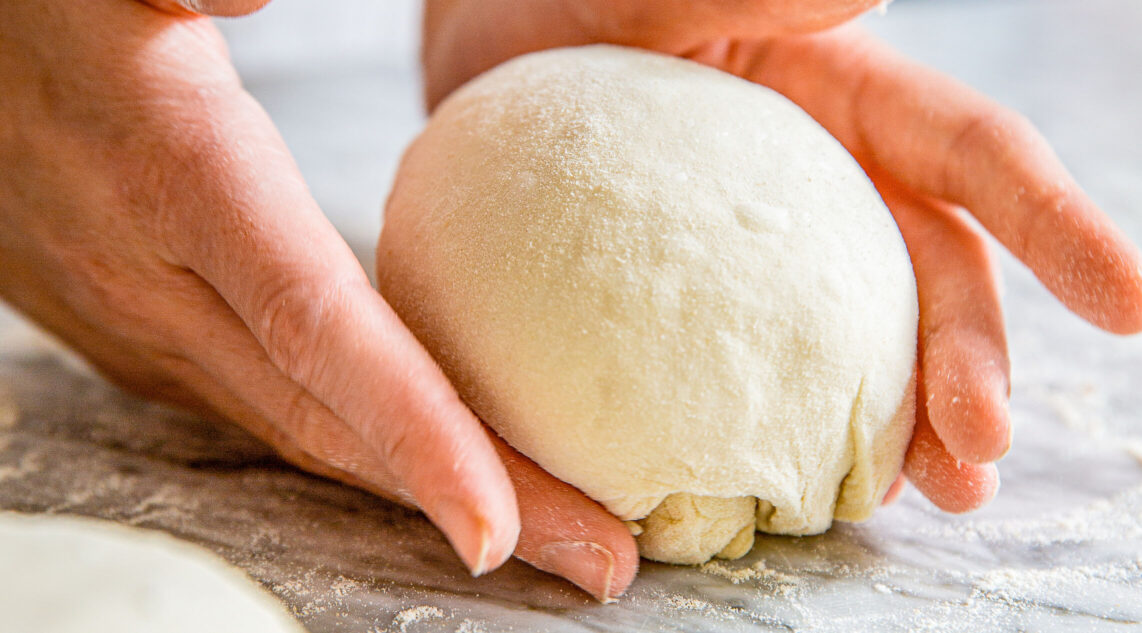
Table of contents
- Shape the pizza dough: How to make it
- Shape pizza dough perfectly
- 1. molding by hand like in Naples
- 2. the mozzarella method
- 3. fold the dough balls
- Resting time in the bale box: The finishing touches
- Do not knead risen dough pieces any more
- Test your pizza dough!
- Conclusion: Perfect dough, perfect pizza
- More on the topic
Shape the pizza dough: How to make it
The first step towards the perfect dough starts with measuring the portions. An inexperienced pizzaiolo always weighs portions. Take a dough spatula or a sharp knife and divide your risen pizza dough. The aim is for each portion to be roughly the same weight. Be sure to use a scale to really make sure that each piece of dough is the same weight. Only if the balls are the same will the pizzas later be the same size.
There is no such thing as the ideal weight. Important to note: If you only have a small pizza stone or pizza oven, then 250 g is recommended. One piece of dough makes a 28 cm pizza. In our experience, the maximum weight is 300 g. Even with larger pizzas, always bear in mind that you still need space at the end to move the pizza on the baking surface.
Shape pizza dough perfectly
After dividing the dough into small portions, the aim is to form a ball from the still relatively loose dough that is comparatively firm and retains its shape for several hours. Firm means above all the surface tension of the ball you are forming. This must be stable so that the dough ball can continue to inflate. Because that is the aim: to allow the dough piece to rise again so that there is even more air in the dough. In technical terms, this is called piece proofing.
It is a challenge to describe in words exactly how to shape the dough. The best way to find out more is to watch the video by pizza star Davide Civitiello below.

1. molding by hand like in Naples
Take your portion of dough, place it in front of you on the work surface and place your hand on it. Now gently round the dough on the work surface with a rhythmic, rounded hand movement. It is better not to use flour on the table!
Nota bene: For this method, the dough must always stick to the table a little so that there is tension on the ball. This method looks simple, but if you don’t understand the basic principle behind it, you will only end up with a round ball of dough that will expand very quickly. So practice, practice, practice!
2. the mozzarella method
The “mozzarella method” is known as “mozzatura”. It is almost like shaping a mozzarella out of cheese dough – hence the name. To do this, take the dough in your left hand and use your right middle finger to push it upwards from the bottom. This creates a ball above your hand that you can pinch off. You are basically stuffing the dough into a shell that is itself made of dough.


3. fold the dough balls
Place your portion of dough on the work surface. Fold the opposite corners inwards. Repeat this folding process several times. Then turn the parcel over and round the surface by hand. A seal must also be created here. This means that after you have folded inwards several times, you should pinch the end closed, otherwise the pastry will run wide.
Resting time in the bale box: The finishing touches
Once you have formed the dough balls, it is time to give them a rest. The dough balls are placed in the ball box with sufficient space between them, where they can rest. This resting time is crucial to allow the gluten network to relax and give the pizza its characteristic airiness during baking.
Why does the pizza dough always pull together?
The resting time is also crucial so that you can form a pizza from the dough ball at all. This works best when it has risen further and relaxed. If you stop this process, i.e. the piece proofing, too early, the dough piece may contract again and again when you shape it.
Do not knead risen dough pieces any more
Your pizza dough is the result of many steps: dough production, proofing, careful weighing and shaping of the balls for piece proofing. However, a common mistake made by beginners is to treat the perfectly risen dough roughly or even knead it thoroughly again. This ruins all the hard preparatory work. A thoroughly kneaded dough piece loses its structure and will be difficult to shape into a round pizza with a fluffy crust. Instead, you are left with a lump of dough and have to start the process all over again.
Test your pizza dough!
You can tell the difference between a well-formed and a badly formed dough piece with the following test: press lightly into the top center with a finger. A good dough piece will keep its shape, a bad one will spread out. You can also tell whether the dough piece has the tension mentioned above or not.
Conclusion: Perfect dough, perfect pizza
Whether you’re an experienced pizza baker or just starting out, dividing and shaping the dough correctly is the key to a successful pizza. Let your hands do the talking and feel the dough. The result will be a perfectly shaped piece of dough that is just waiting to be baked into a delicious pizza.
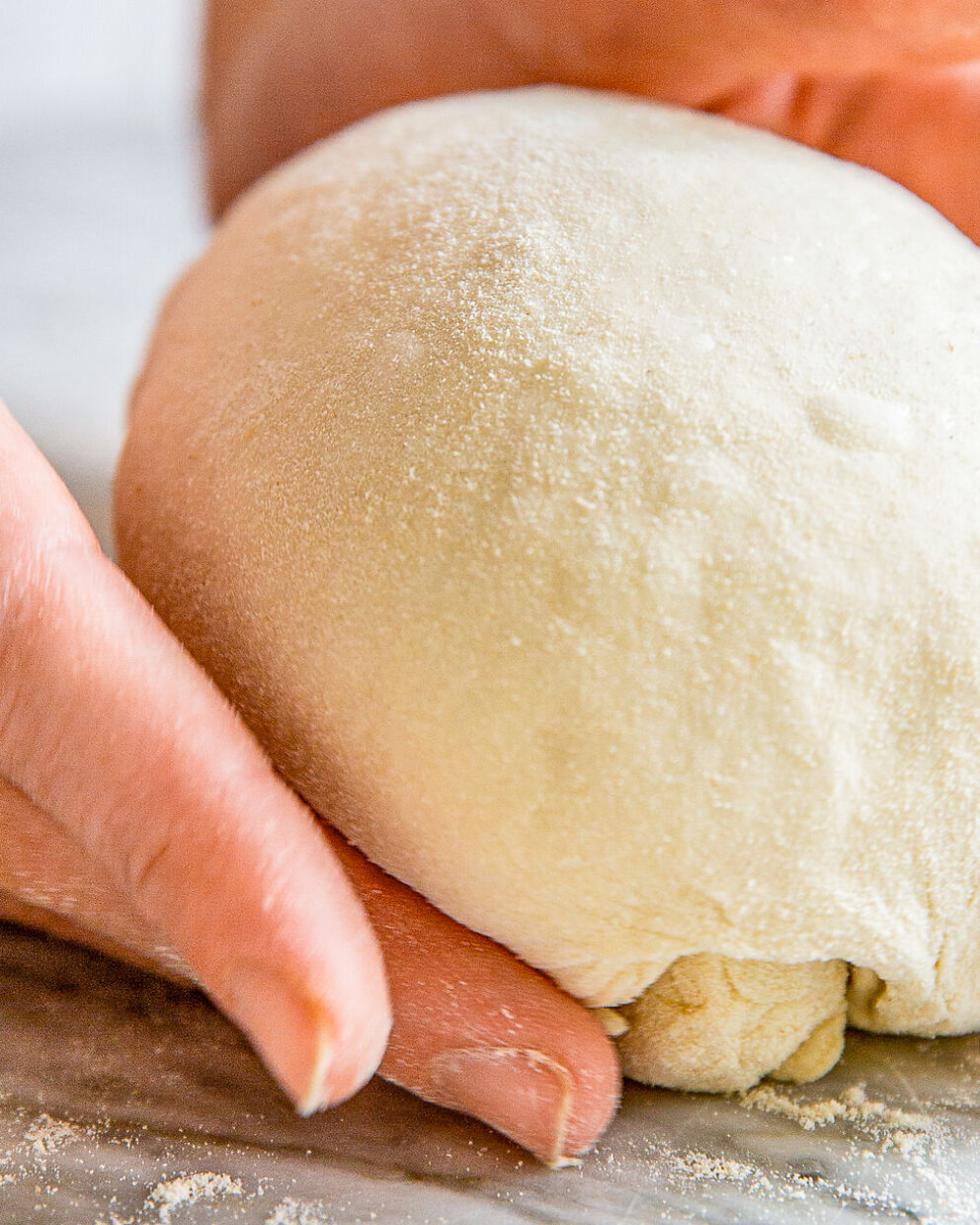










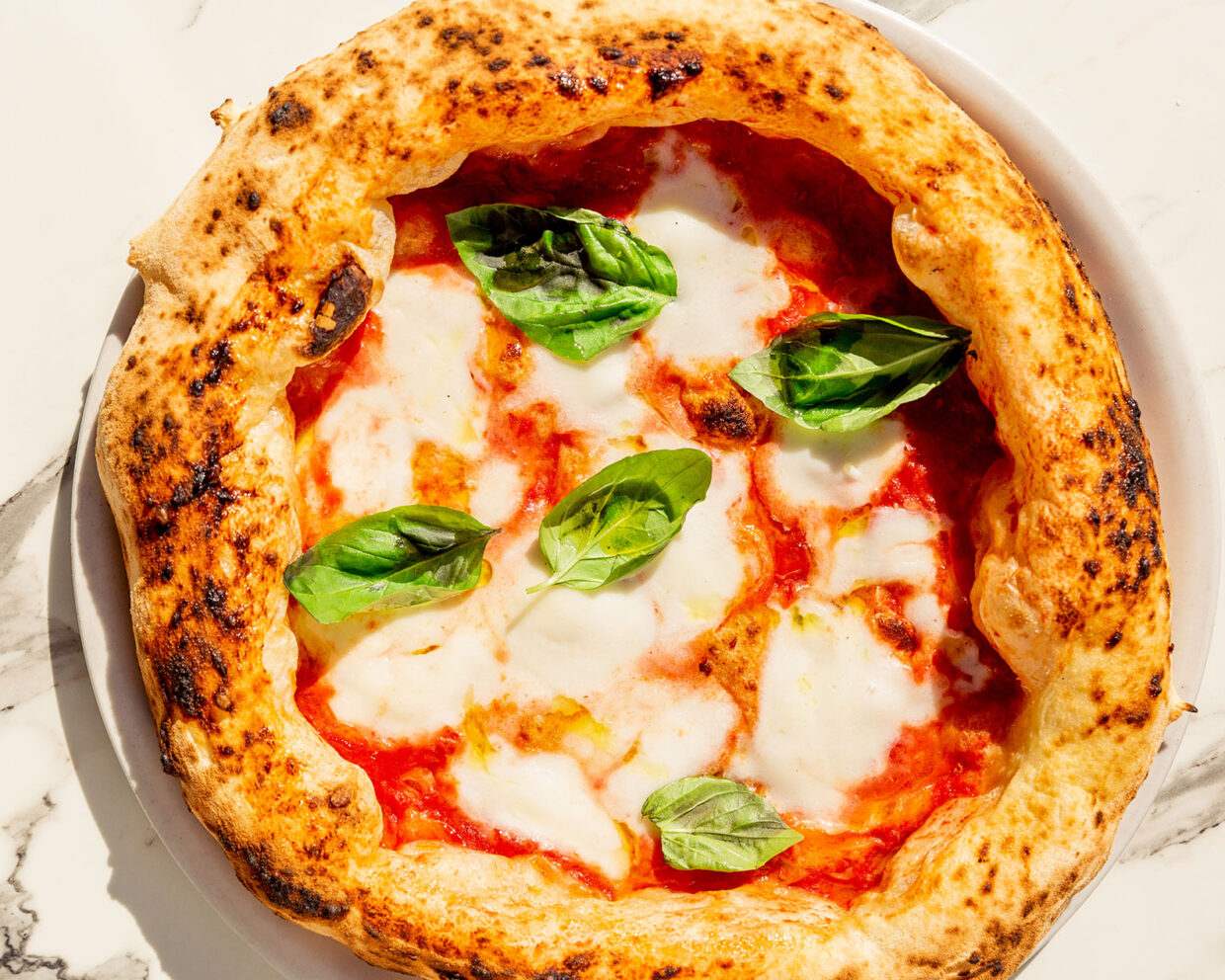
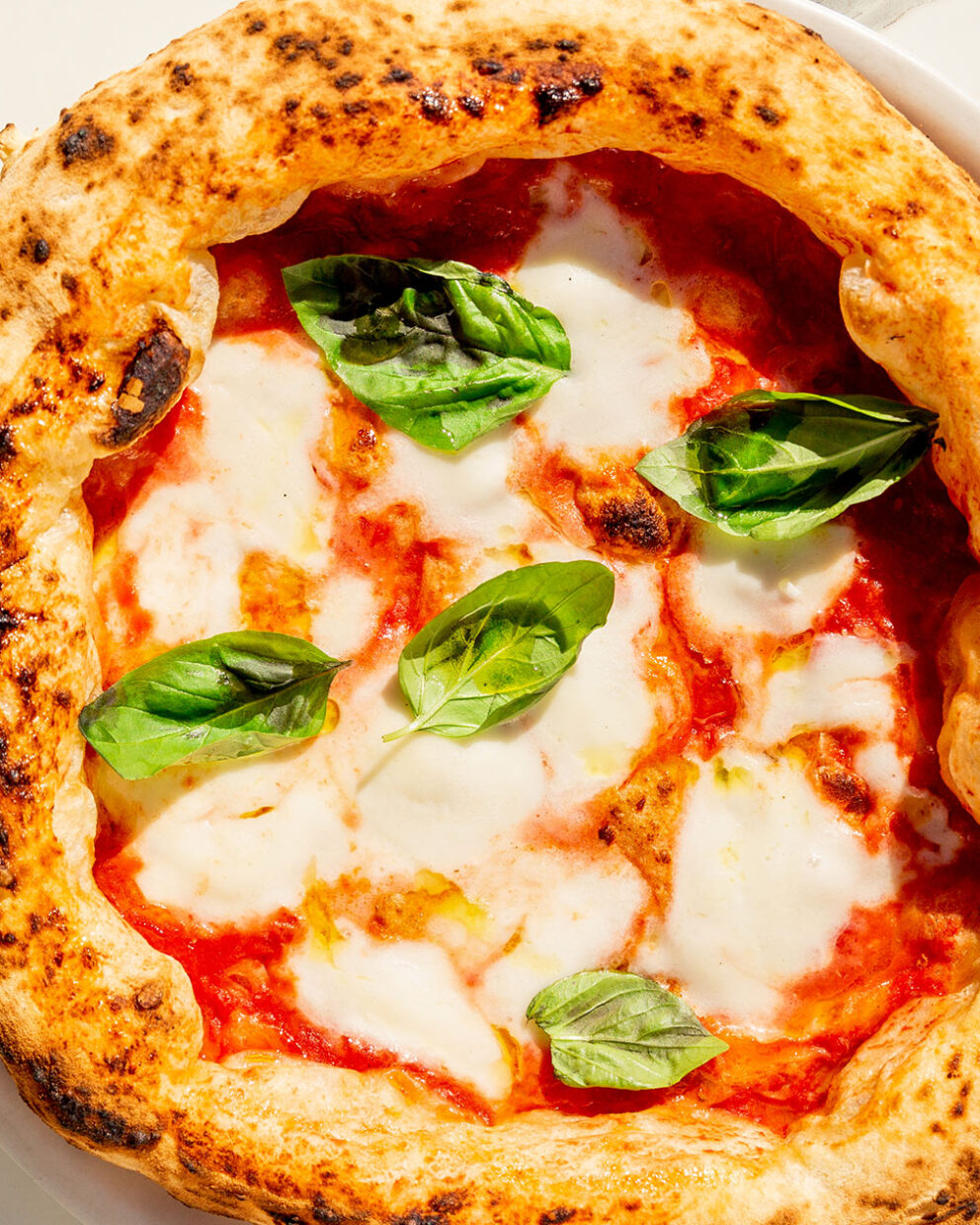
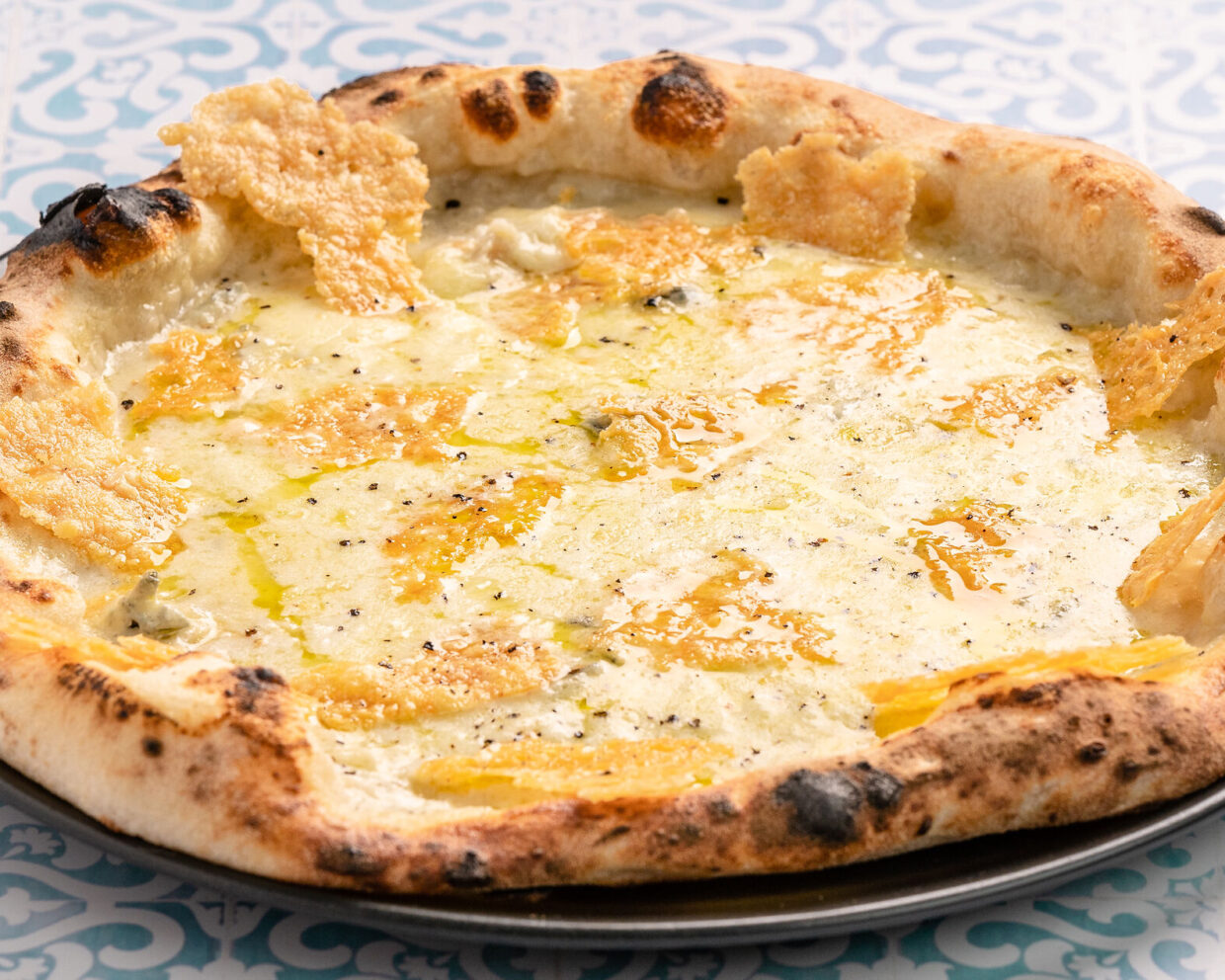
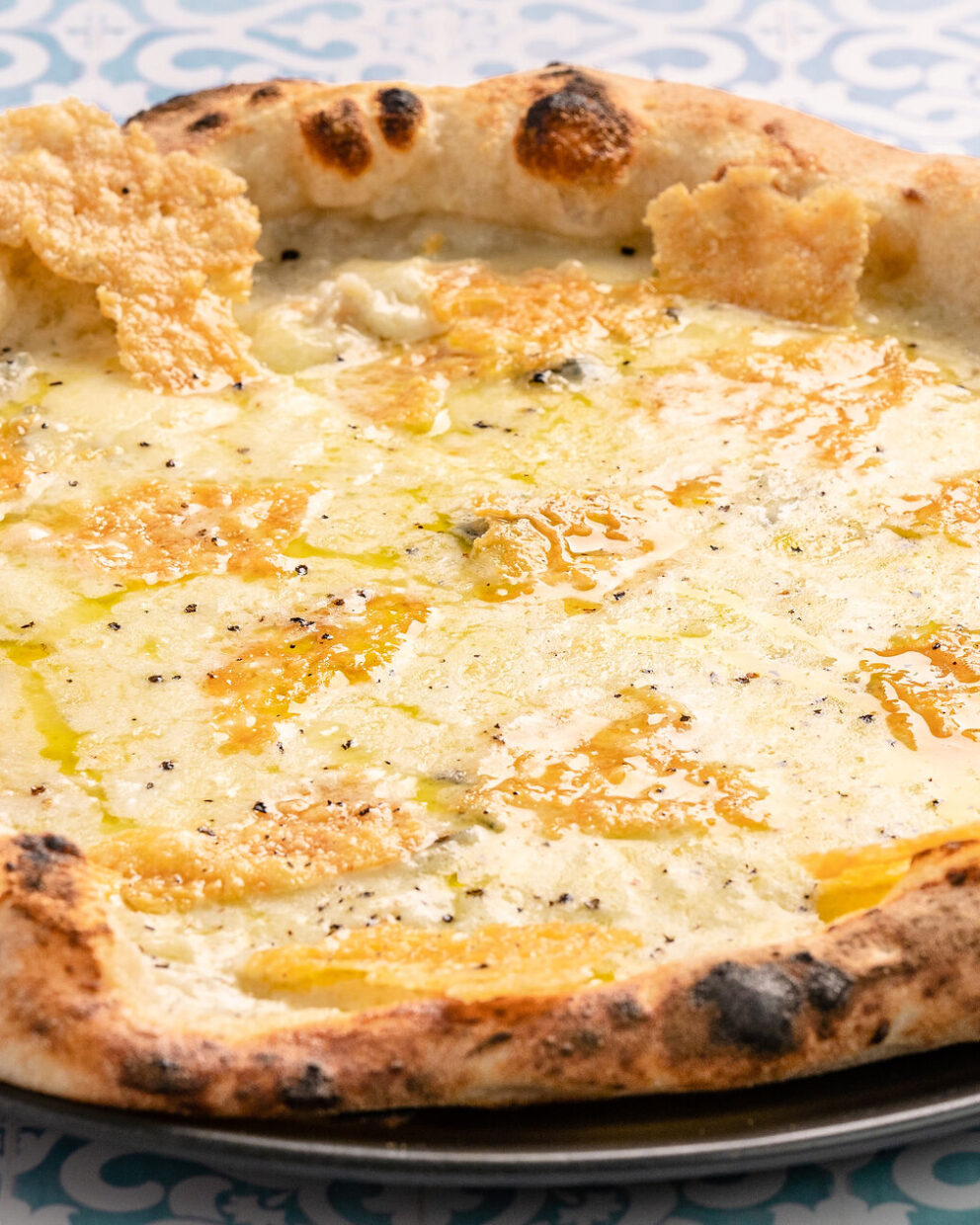
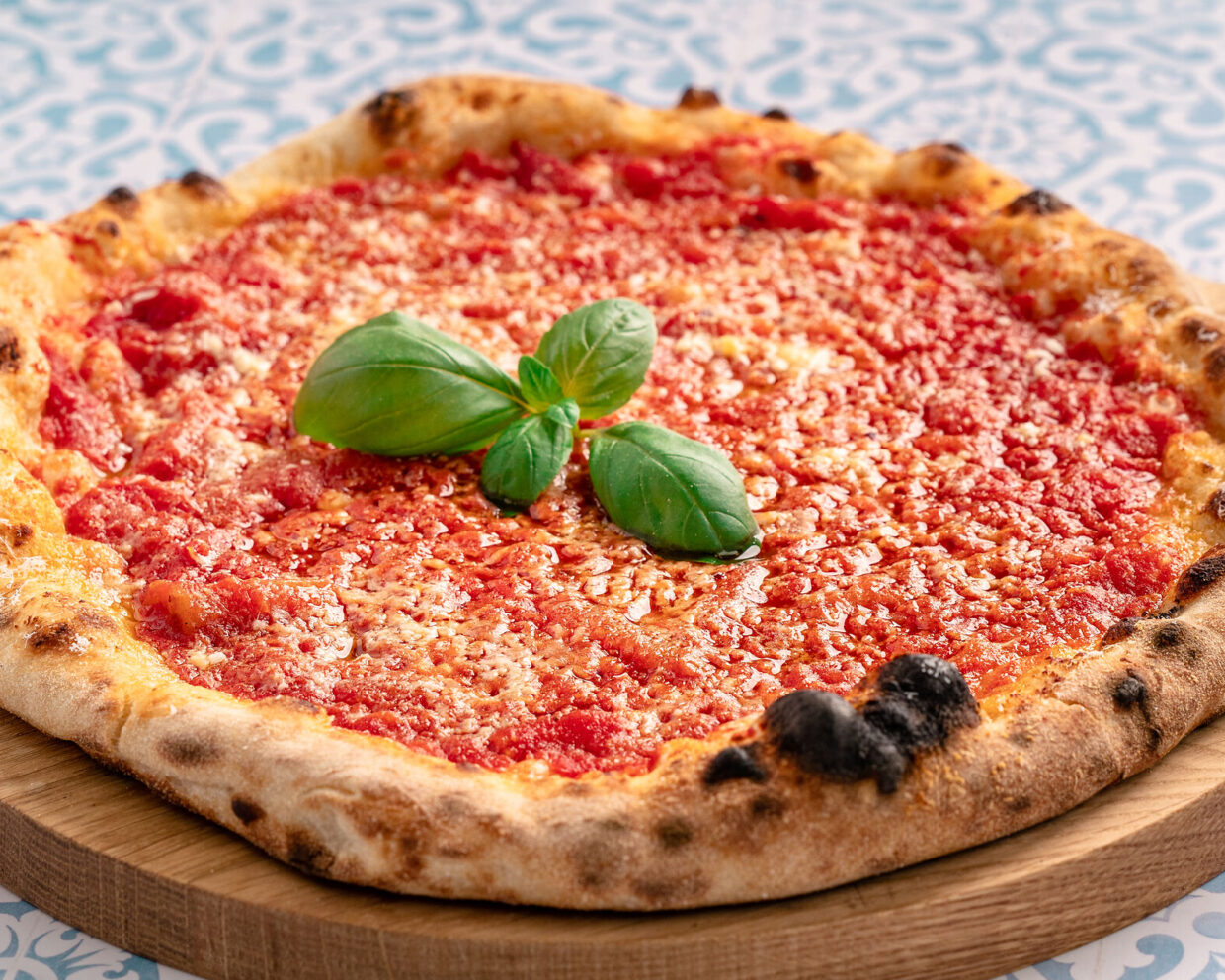

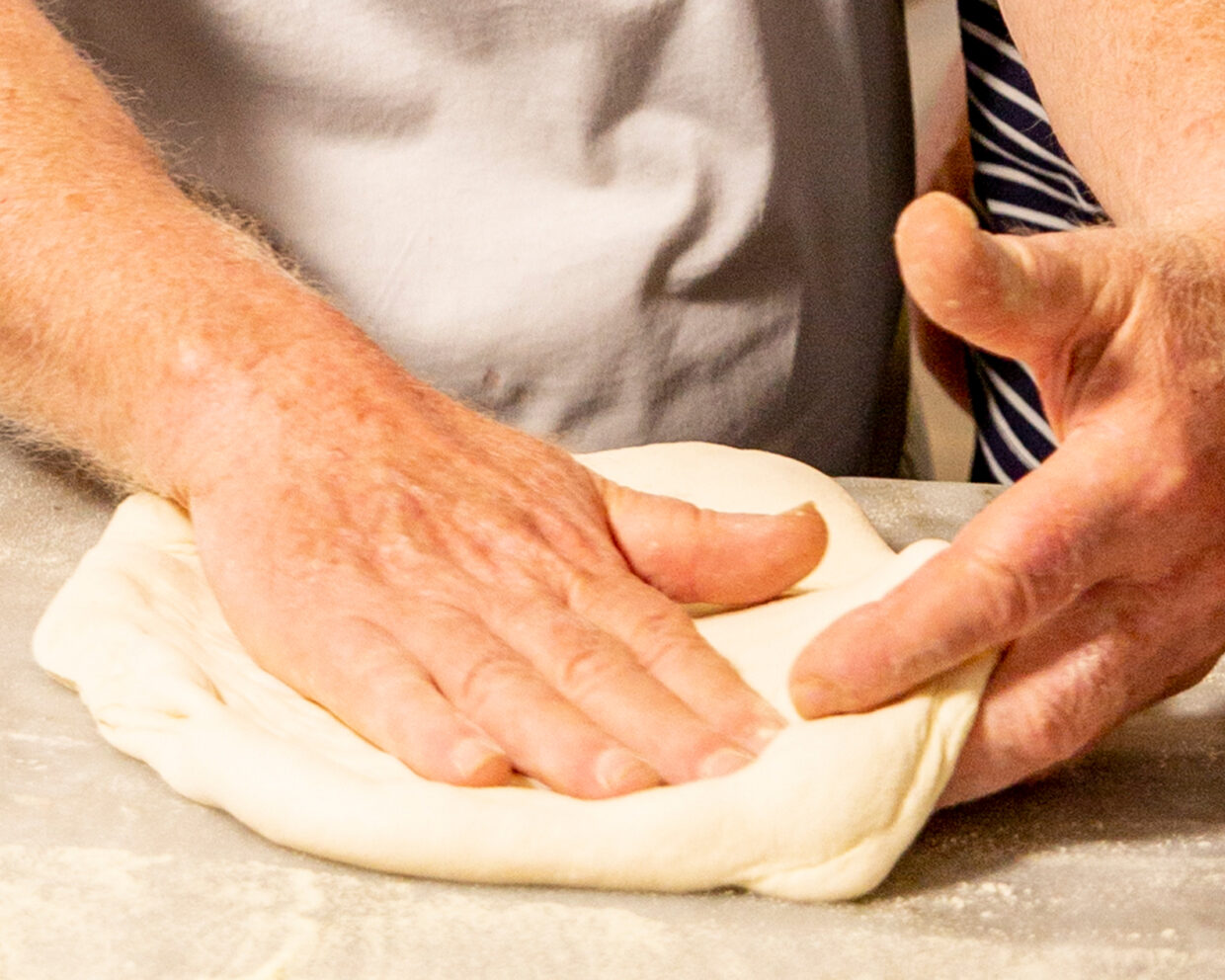
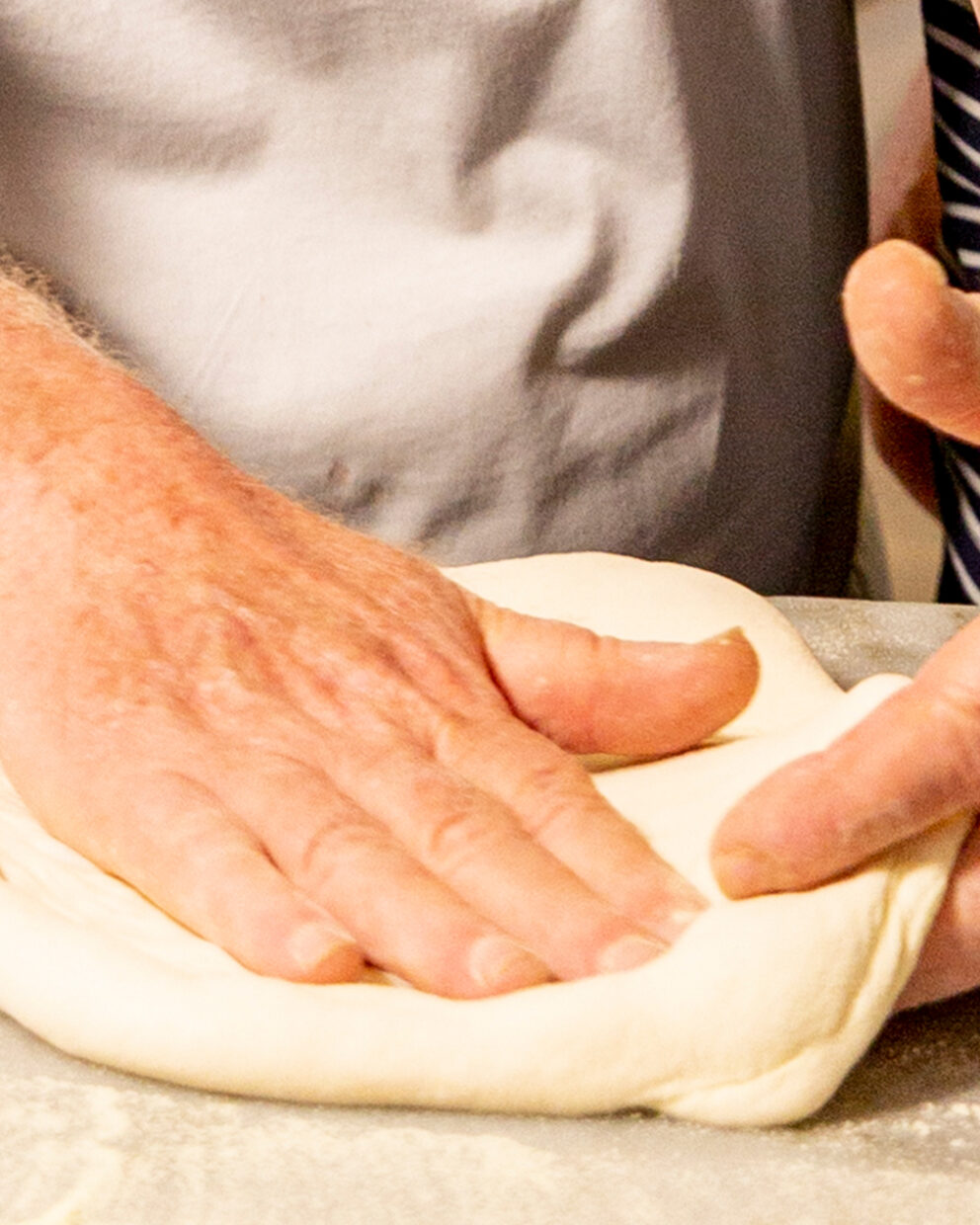
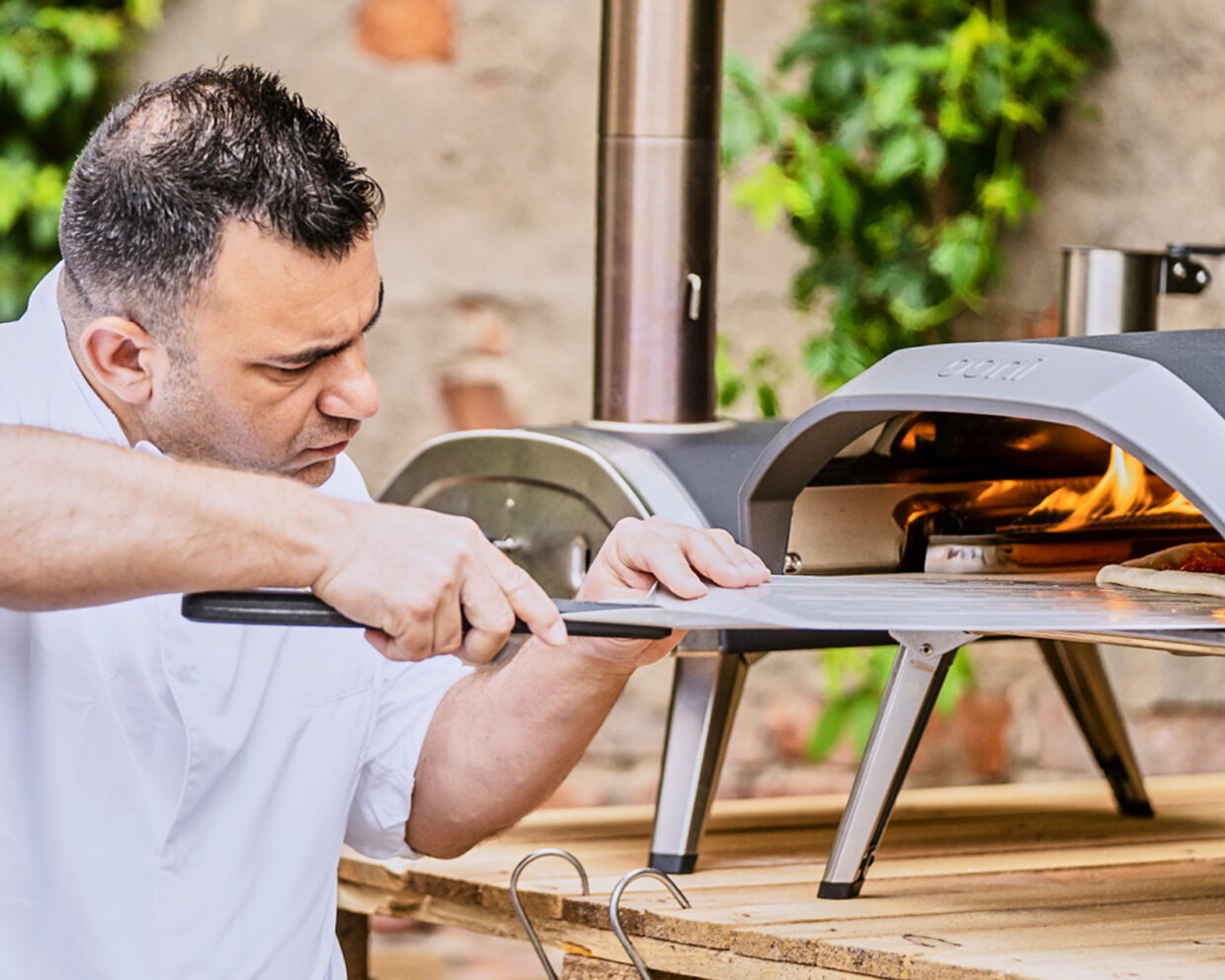
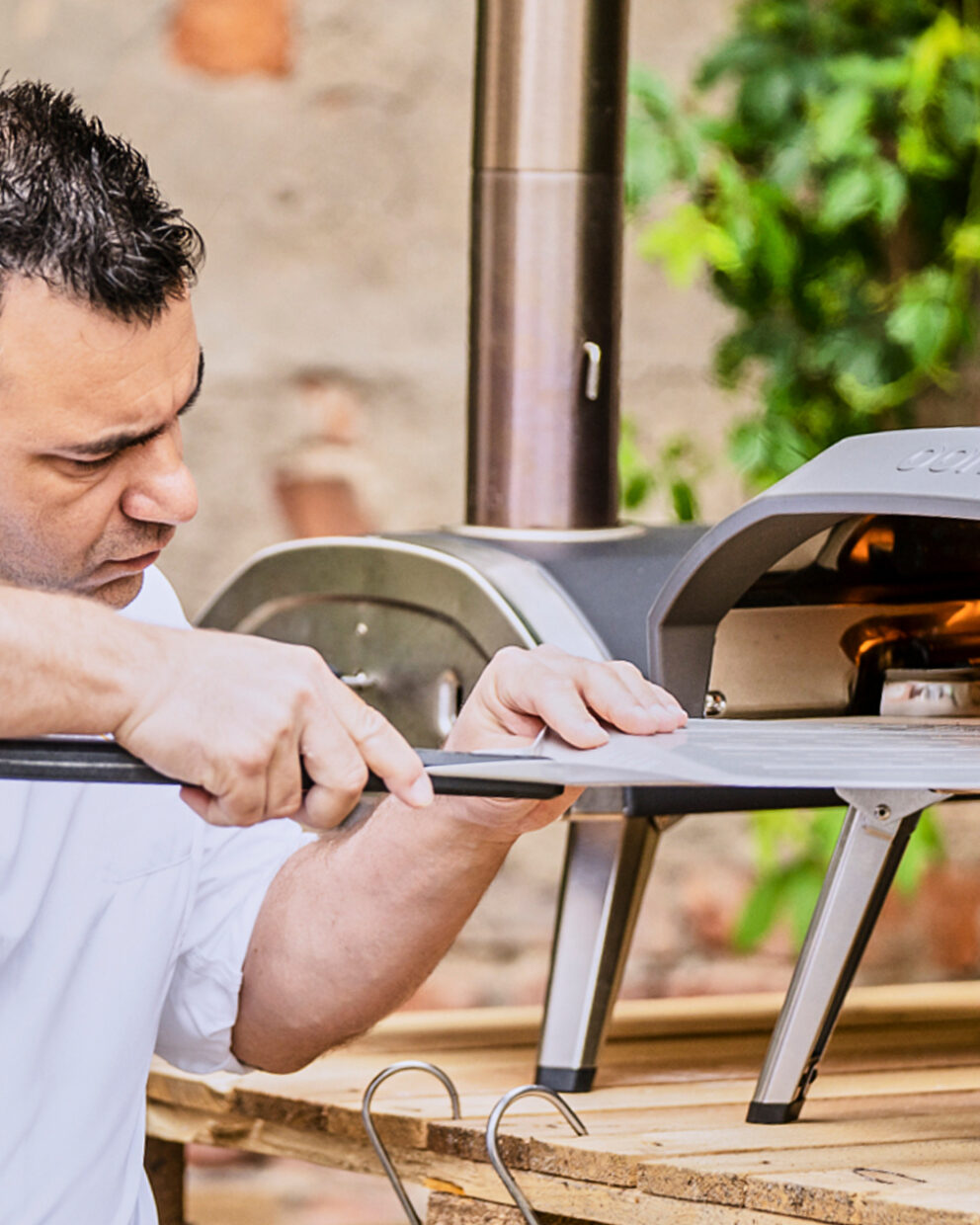


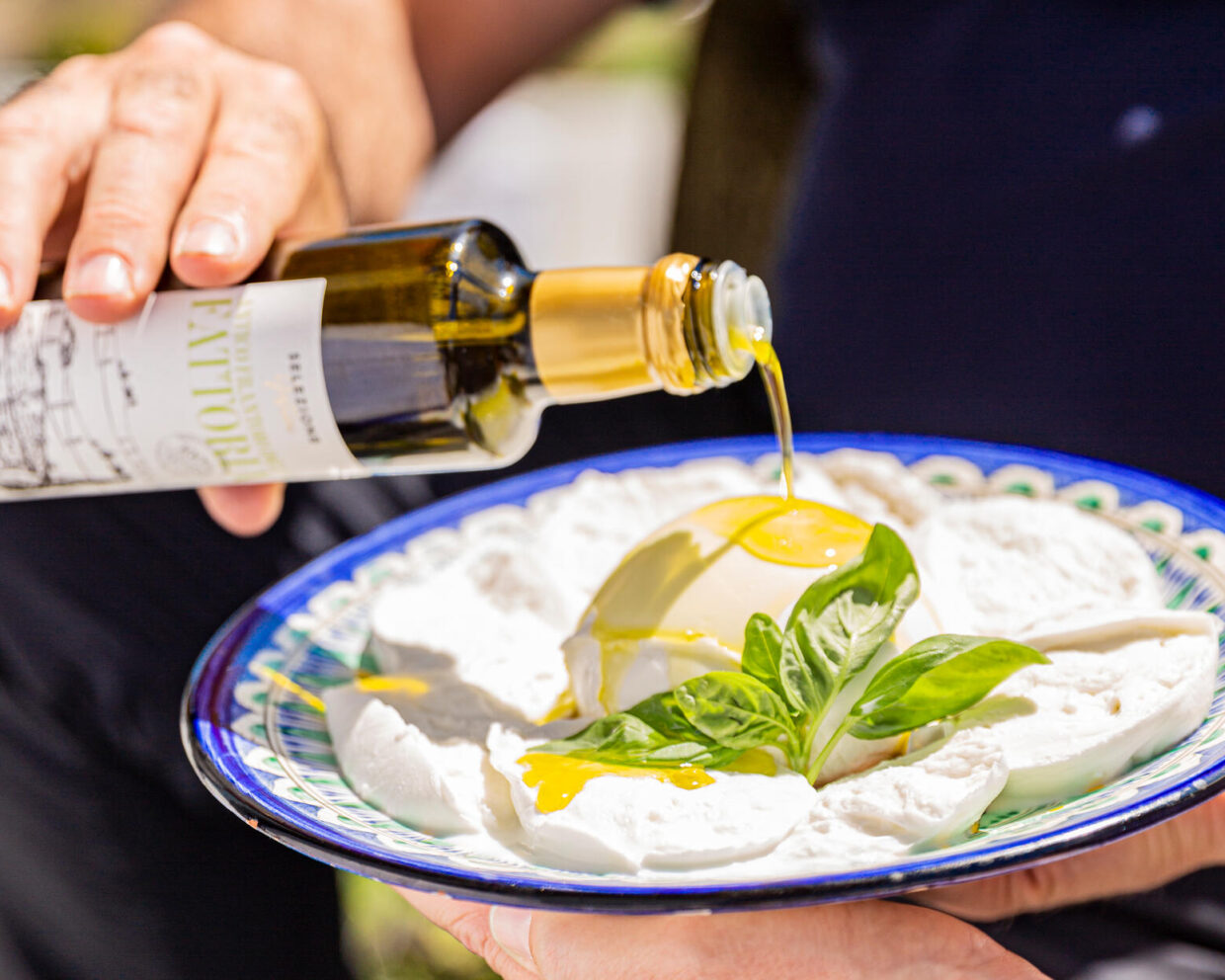
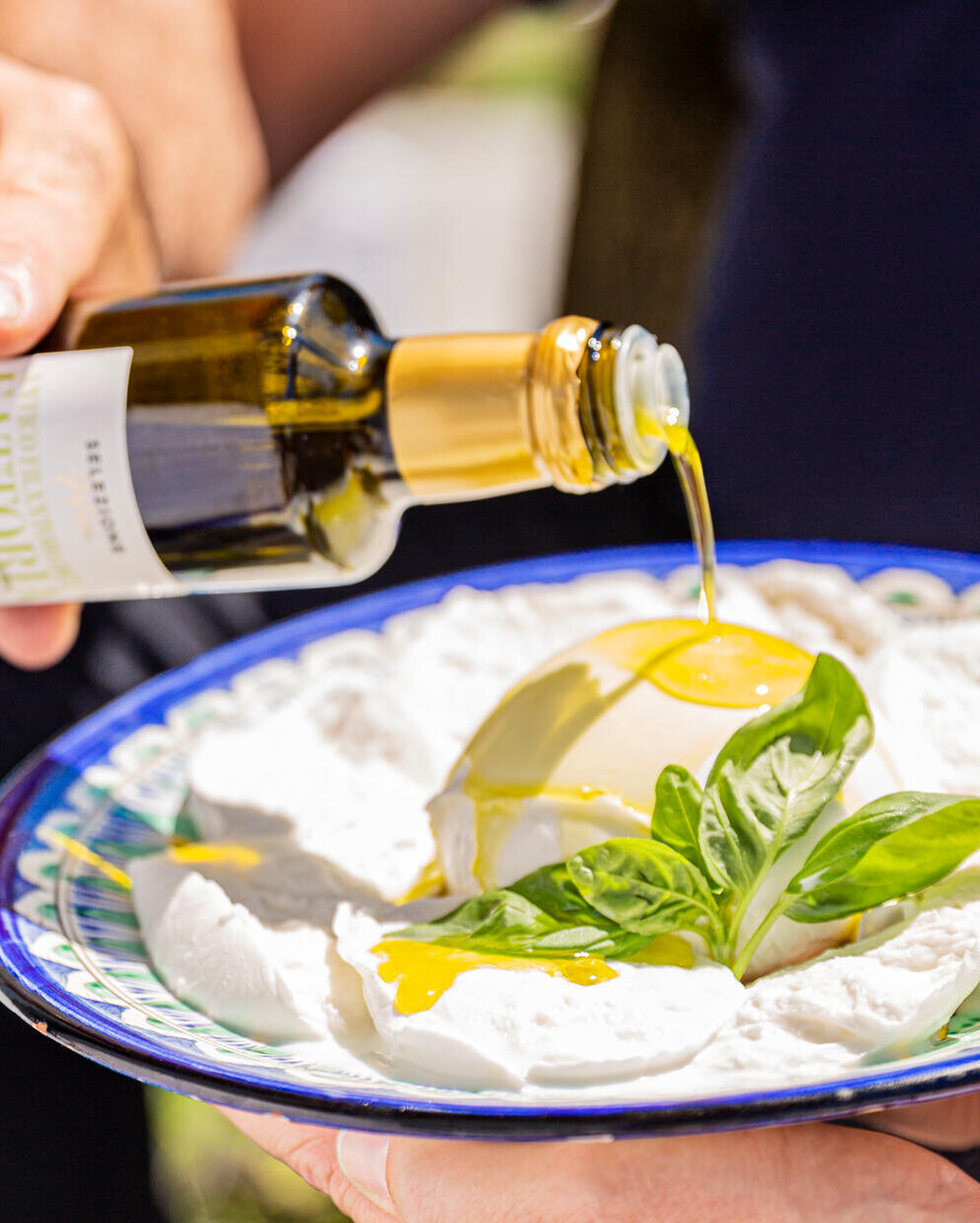


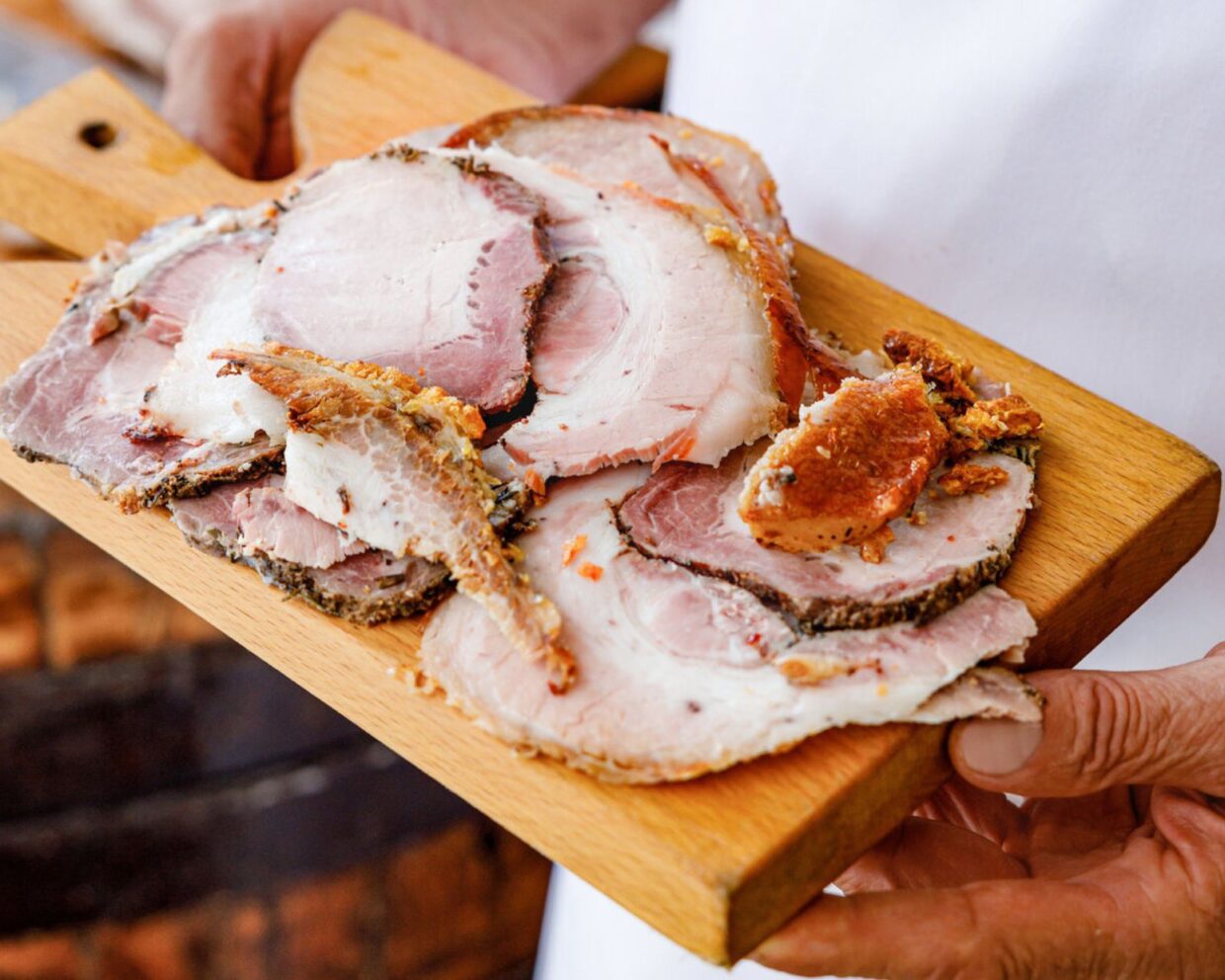
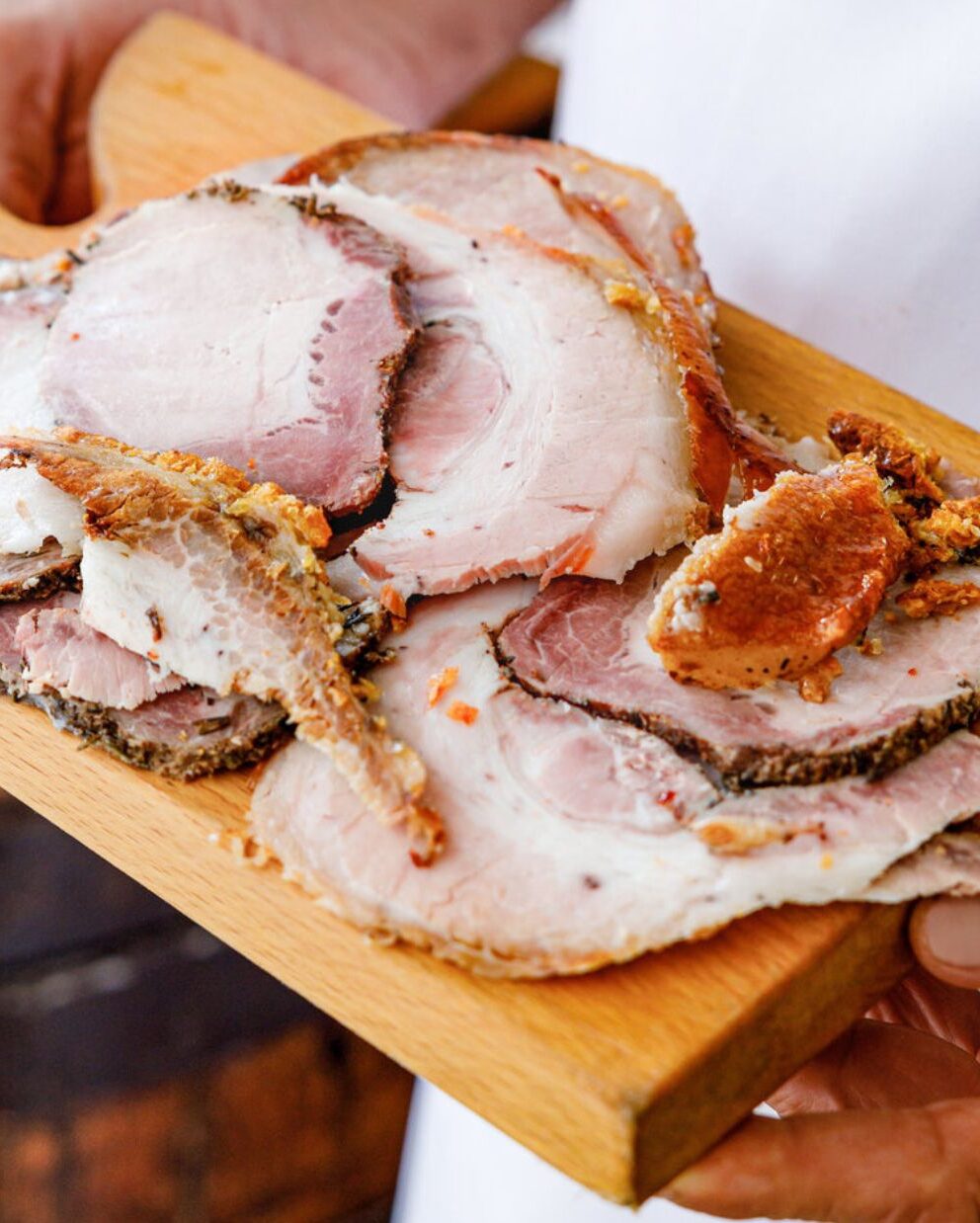


Want to share your thoughts? We're excited to hear what you think of the article. Tell us about your ideas, tips or questions! Leave a comment and share your knowledge with the community. Your opinion counts.
Write a comment